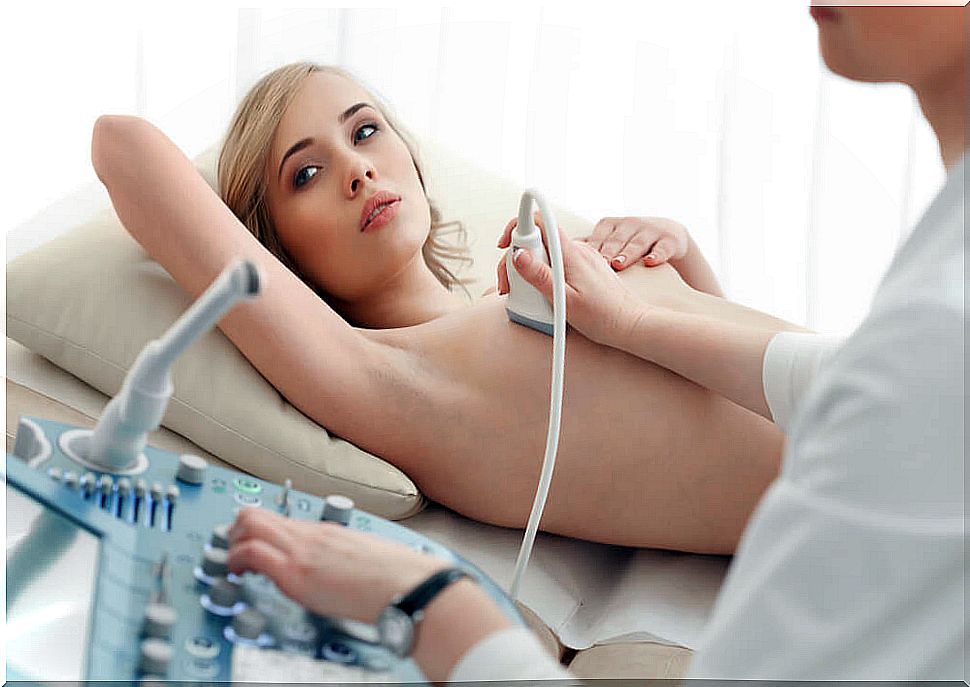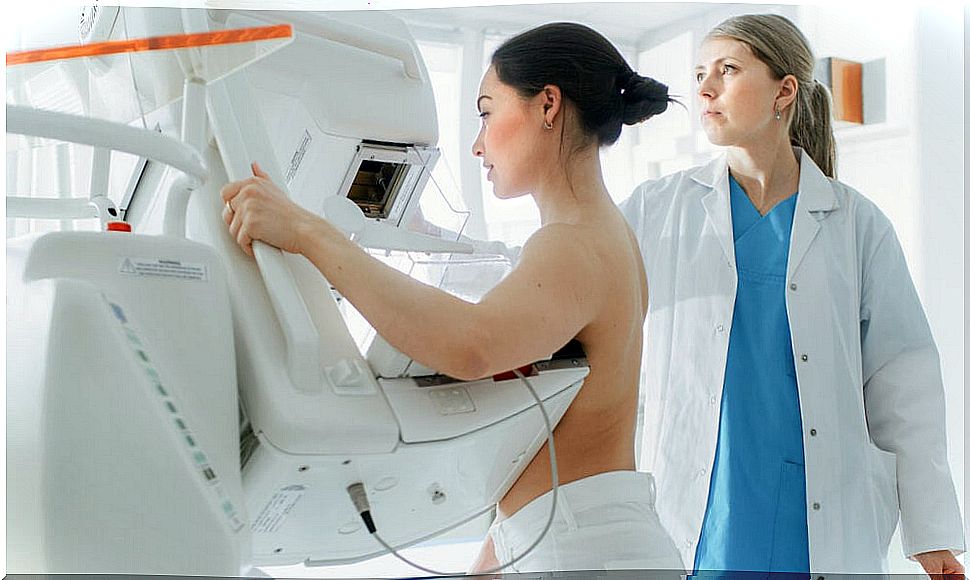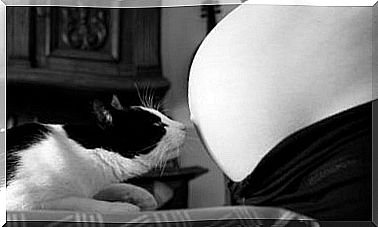Breast Exam: Characteristics

The breast exam includes several essential tests when it comes to controlling your breast health. These tests can be mammography or breast ultrasound, among others. Breast self-examination allows the user to recognize her breasts and detect changes that may occur in them.
Why is the breast exam important?
The breast cancer is one of the most prevalent cancers in women worldwide. Population-based breast cancer screening programs have been shown to detect the disease early in the vast majority of cases.
Screening programs detect disease before symptoms appear, reducing morbidity and mortality and increasing the chances of recovery.
What is a breast exam?
There are different tests that allow studying the breasts, being mammography and breast ultrasound some of the most used. These tests allow visualizing the internal structures of the breast to detect any abnormality and subsequently be able to carry out a more detailed study of them.
Mammography is the best known test since, in most regions, it is performed periodically in women from a certain age group. Mammography is part of the breast cancer screening program.
Breast ultrasound
This test is not painful and takes a short time to complete. Breast ultrasound is indicated mainly in young women since, as the woman ages, the most indicated test to study the breasts is mammography.
Your doctor of reference, or your gynecologist could tell you to carry out this test if they consider it appropriate.
Mammography
Mammography is a test that is performed on all women from a certain age in most regions, as part of the breast cancer screening program.

It is usually done before any symptoms appear, so it allows detecting the disease (if any) much earlier. It can also be indicated by your doctor or gynecologist if he considers it appropriate.
The mammogram is performed by a specialized technician and the result is analyzed by a radiologist. It is performed with a mammograph, a device that allows taking several x-rays of the breasts in order to study its internal structure. This test can be somewhat uncomfortable, as the mammographer must press on the chest to take the X-rays.
Mammography is indicated in women from middle age (40-45 years), since the breasts are no longer as dense as in younger ages and this is the test that best allows its study.
What is breast self-examination?
Breast self-examination consists of self-exploration of the breasts in order to know them and thus be able to detect a change in them more easily. It is not a diagnostic test and, in many cases, it can cause stress or anxiety in women by detecting changes that are ultimately benign.
The changes you should be aware of are the following:
- Change in skin color or texture (orange peel).
- Changes in the nipple, such as retraction of the nipple.
- Palpable lumps or masses, painful or not.
- Secretions in the nipple.
- Changes in the symmetry of the breasts or their shape.
How to do it
To self-explore your chest, you must follow the following steps:
- Stand in front of a mirror, naked from the waist up.
- With your arms relaxed next to your hips, observe your breasts. It is important to observe its shape, size and symmetry. Observe that they do not present visible deformations or alterations.
- Now raise your arms above your head and observe the same points as in the previous pose. Also look at your breasts resting your hands on your hips.
- Press both nipples and check if any liquid comes out of them (telorrhea).
- Feel your breasts while standing or sitting. Use the hand on the opposite side to feel each breast. It is important to palpate its entire length, with the fingertips and fingers together and straight. You can divide the breast into sections so as not to forget any area. Also palpate the axillary area.
- Lie down and feel your breasts in the same way, but this time lying down.

To palpate the breasts, the ideal time varies if the woman is still menstruating or if she has already reached menopause:
- If the woman menstruates. The ideal time for breast self-examination is in the days after the end of menstruation. The breasts will be less tender and swollen.
- If the woman has already reached menopause. Ideally, do your breast self-exam once a month, the day that is easiest for you to remember.
If you detect any change in your breasts, contact your healthcare professional of reference.
For the breast exam remember …
It is very important that you go to the gynecological examinations that correspond to you and that you consult your Health Center if it is appropriate for you to perform a control mammogram according to your age.
Remember that breast self-examination is not a diagnostic test, but it is important that you know how to perform it in order to know your breasts and detect changes that may appear in them. Your breast health is in your hands, take care of yourself!










